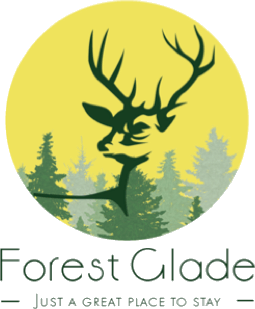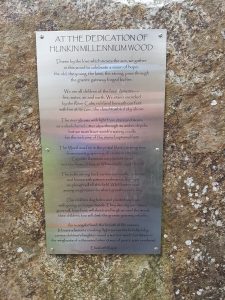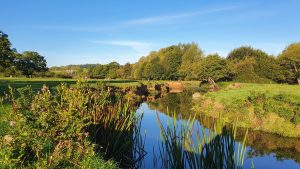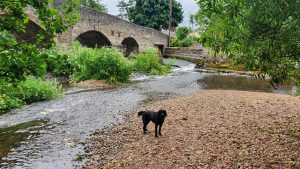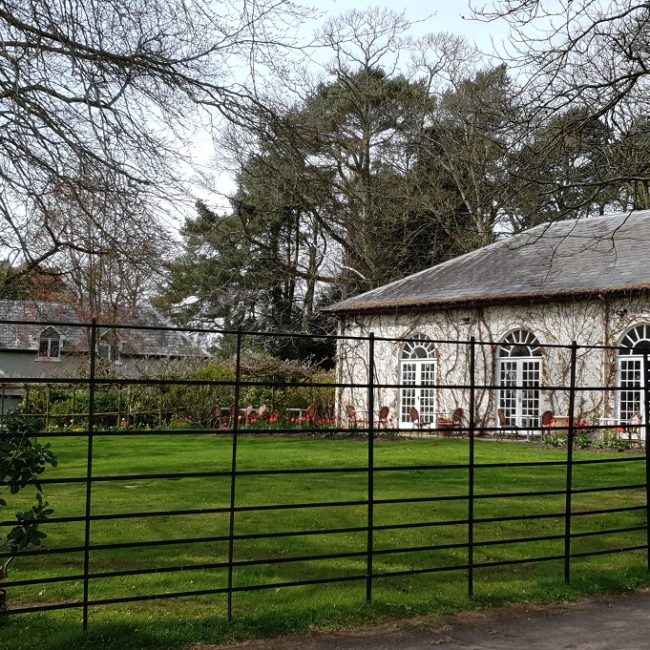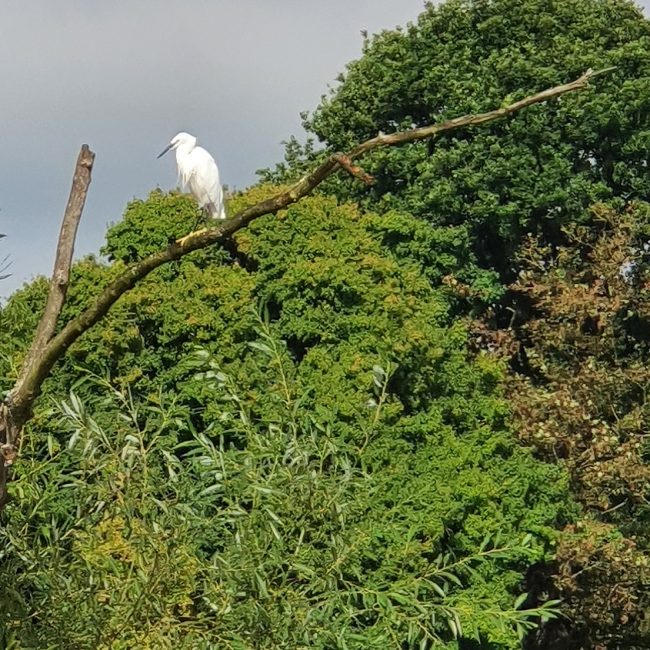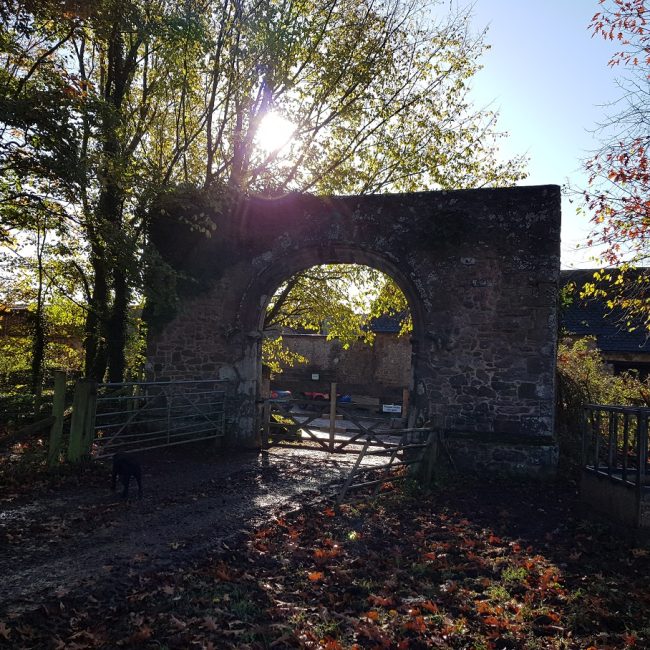Culmstock is famous for its Elizabethan Beacon, a stone hut high on the hills overlooking the village, once used as part of the network to warn of arrival of the Spanish Armada. The village itself sits either side of the Culm and its two halves are brought together by an old stone bridge. (Find out about the bridge’s spooky mythology on the Visit Mid Devon website!) On one side of the bridge sits the Strand Stores; a deli and café popular with walkers and cyclists. Walk down over the bridge to find the Culm Valley Inn serving a wide range of high-quality, locally-sourced food. Its outdoor seating area is where the old railway platform was located and is decorated with large wooden sculptures! Cross the bridge from the pub car park to find Culmstock river beach: a safe and fun, pebbled area for children to splash about in the river.
From the river beach, you can walk along the river, following some of the old railway line, through the fields to Hunkin Wood. This small patch of broadleaved Millenium woodland is home to a beautiful granite gateway, engraved with the poetry of Elizabeth Rapp. There are also further swimming spots for a bit of wild swimming.
Exit Hunkin Woods over the small wooden bridge to continue along well-marked, flat footpaths following the river to Uffculme.
